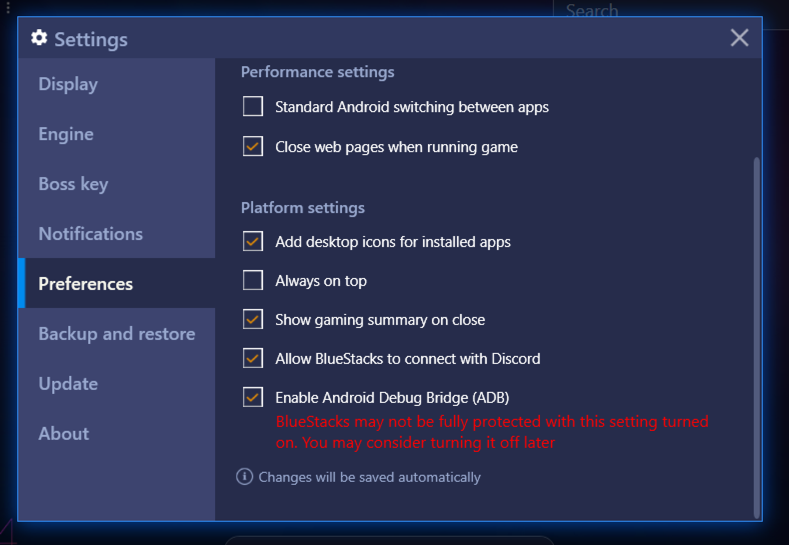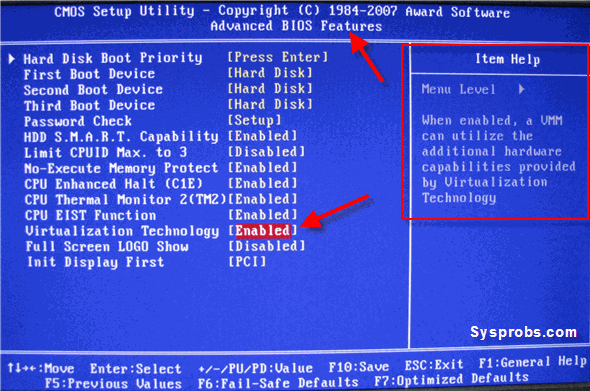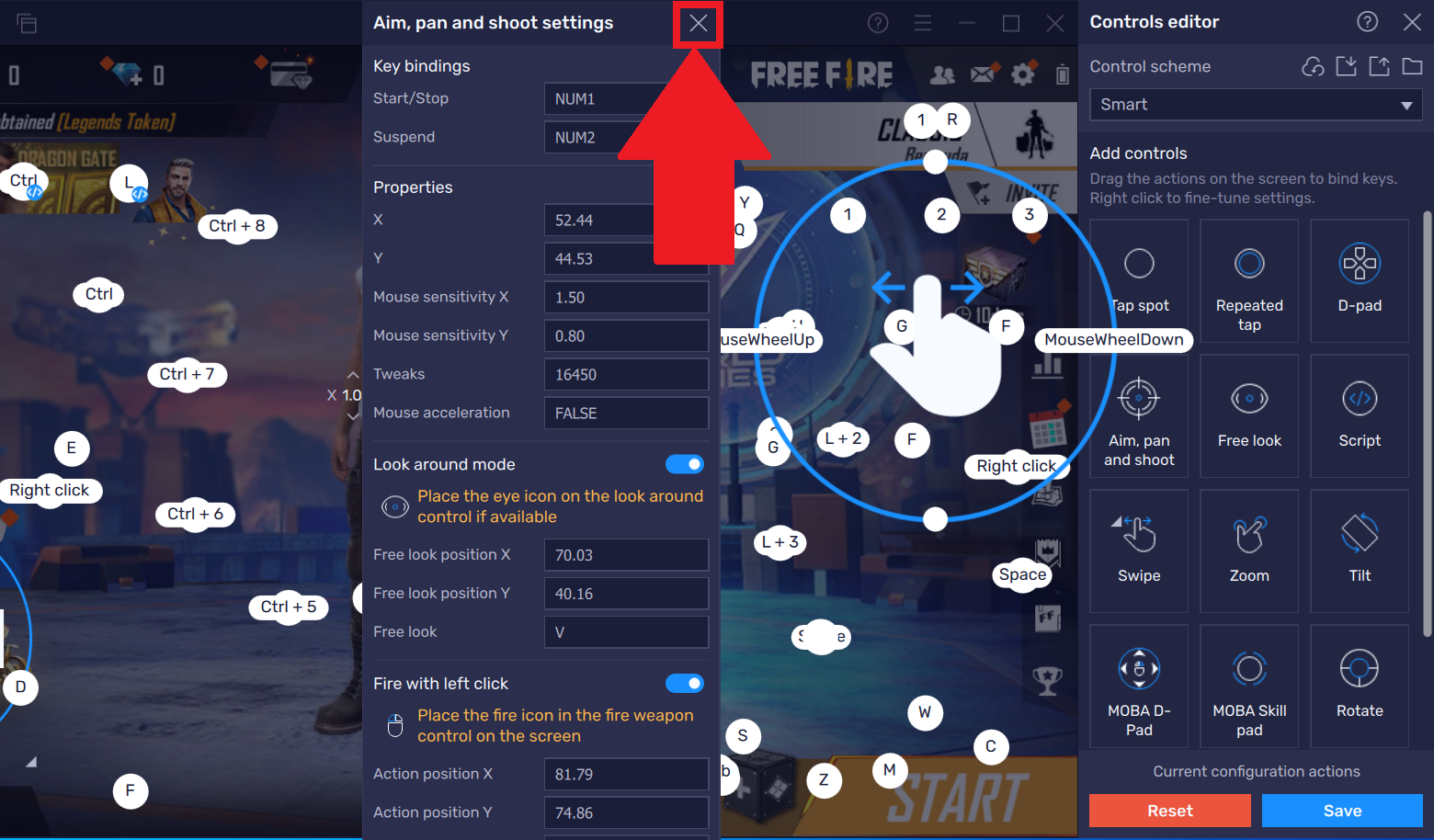

You can disable Hyper-V via Control Panel or PowerShell. 1] Make sure Hyper-V and the related feature is disabled If you face any issue while running Android 32-bit apps, or you do not want to enable Hyper-V on your system, you can download BlueStacks 32-bit from the official website. Note: This version of BlueStacks is based on Android 64-bit. If so, you can download this version of BlueStacks. Let’s take a look at the description of the process involved concerning each of the listed solutions.īefore you go ahead with these suggestions, you may want to run BlueStacks without disabling Hyper-V. Disable Hyper-V using the registry file.Make sure Hyper-V and the related feature is disabled.If you’re faced with this issue, you can try the following to resolve the issue. BlueStacks cannot start when Hyper-V is enabled Please disable Hyper-V from Control Panel.Ĭheck FAQ for details. you’ll receive the following full error message īlueStacks cannot start when Hyper-V is enabled.īlueStacks is unable to use hardware assisted virtualization when Hyper-V is enabled. If you have disabled Hyper-V but still encounter the error message BlueStacks cannot start when Hyper-V is enabled when trying to run BlueStacks, then this post is intended to help you with the solutions you can try to successfully resolve the issue. I recommend you Google how to enable Virtualisation (which can also be known as VT-x and VT-i on Itanium processors) in the BIOS and follow the instructions on there.Trying to run BlueStacks which is an android app emulator on a Windows 11/10 PC, a prerequisite, is that it is necessary that Hyper-V and any other virtual feature should be disabled. Enabling it in the BIOS is pretty easy if you know how to navigate with arrow keys and know how to use the FN keys. I do recommend you enable it if you want the best experience in BlueStacks. I know it works because I've used BlueStacks with and without Virtualisation technology, and the difference in performance is noticeable. Enabling it will allow BlueStacks to run more effectively and work better, which is why BlueStacks recommends you enable it.


It does not have any real impact on your computer and is not harmful to your computer, nor will it have any side effects or problems.

Basically, it allows your computer to run multiple tasks separate of each other, as if they were separate machines, which can be useful when using emulators and virtual machines. Virtualisation technology allows multiple workloads to share common resources on your computer.


 0 kommentar(er)
0 kommentar(er)
